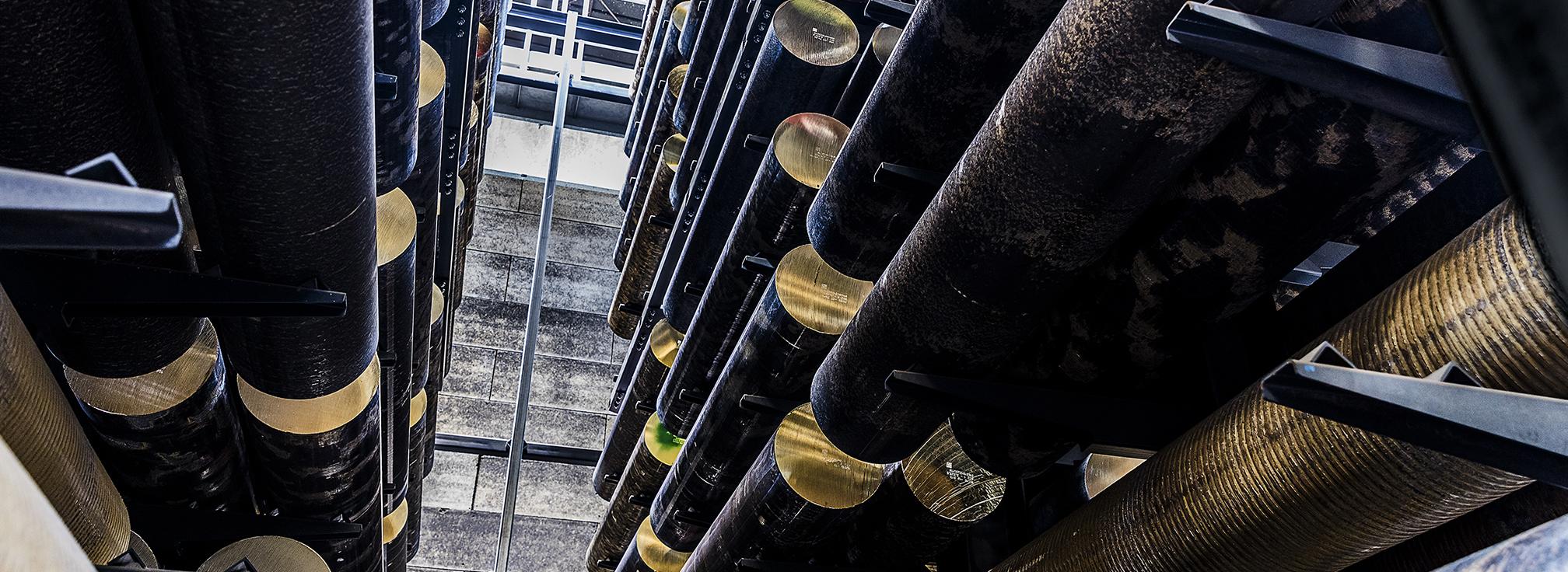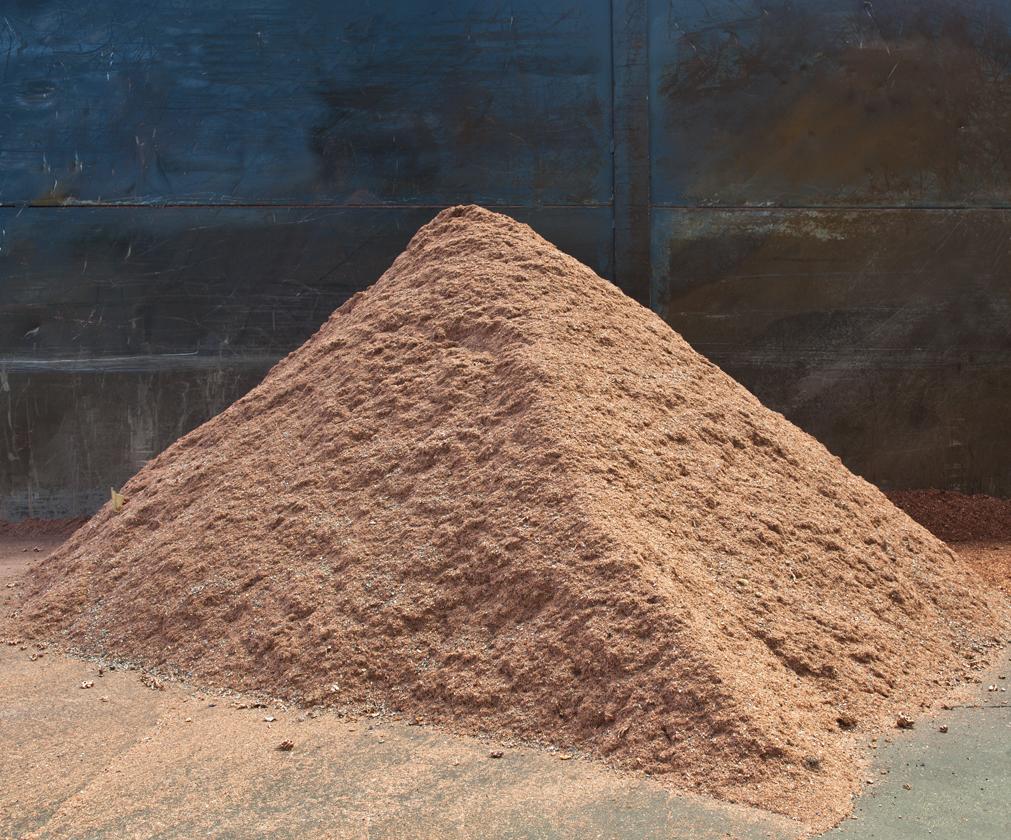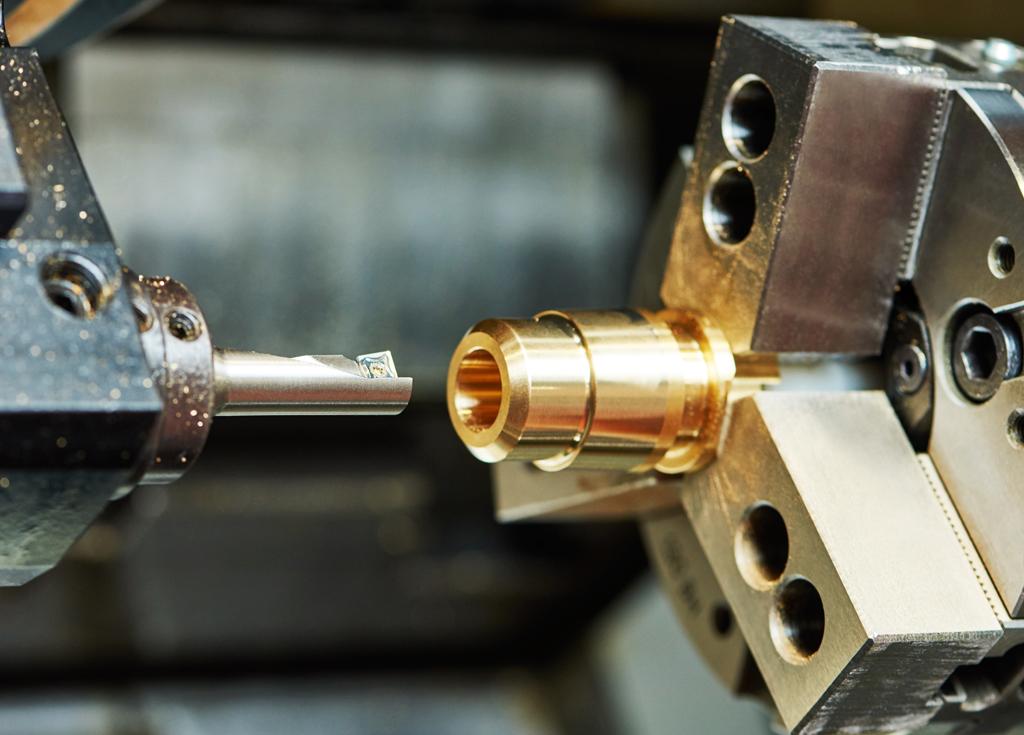
sustainability A material of innumerable properties

Brass is commonly perceived as an alloy for architectural uses, due to its characteristic colour and resemblance to gold. However, its many properties make it an ideal material for various fields of application. From construction to manufacturing, such as for fittings, valves and taps for the distribution of drinking water as well as compressed gases and industrial fluids. But also in automotive and electromechanical production, such as for bolts and screws.

Machining scrap (hot forging chips and burrs) can be fully reused, with a value that, unlike other metals, is not much lower than the price of the semi-finished product used. This has made "transformation contracts" very common, where the producer itself transforms the waste into a new semi-finished product with a considerable cost savings.

Manufacturers of metal parts have discovered, from precise cost-benefit analysis, that the higher cost of the starting raw material is largely offset by production costs. Compared to other metals such as steel, the use of brass lead leads to a more affordable finished product.
The high thermal conductivity of brass and Almag’s use of electric induction furnaces with very high performance generate low energy expenditure that, for example, is less than the half needed to produce a kilogramme of steel.

On average, the mechanical characteristics of a brass rod are similar or superior to those of a good construction steel, depending on the chemical composition and the metallurgical condition. Added to this is the fact that copper alloys at low temperatures display excellent impact resistance as far as - 250 ° C and good thermal conductivity.